Be an ULTIMATE BEAUFORT EXPLORER by visiting all the top spots in the Beaufort area.
Old Sheldon Church Ruins
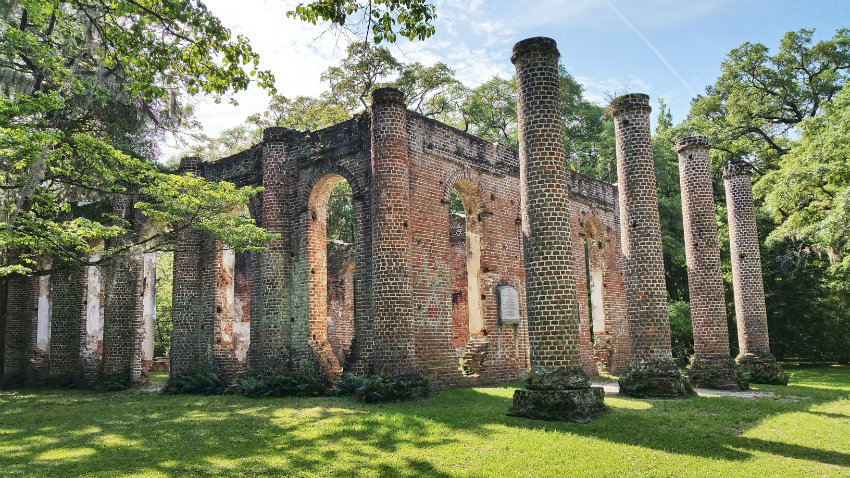
One of the most sacred spots in the entire Lowcountry is the ruins of the Prince William’s Parish Church, known as the Old Sheldon Church. The church was originally built between 1745 and 1753 and is said to be the first attempt to imitate a Greek temple in America. The church was burned by the British in 1779 during the Revolutionary War and was rebuilt in 1826. Legend says it was later burnt by William Tecumseh Sherman in 1865. But some do not concur with that. Letters have been found that were written during the Civil War that say the church was not burned by Sherman, that it was looted by locals to repair their homes after Sherman burned them.
Hunting Island Lighthouse

One of the most recognizable and most beloved landmarks in the Beaufort area is the historic Hunting Island Lighthouse. The only lighthouse in South Carolina where you can climb all the way to the top, its history started with its construction in 1859, but was set back as the tower was destroyed during the Civil War in 1862 by Confederate forces so the Union Navy would not be able to use it for navigation. Construction started again in 1873, and was completed in 1875.
Chapel of Ease

This beautiful relic of a church known as the ‘Chapel of Ease’ is located on St. Helena Island. In the 1700s, the main church of Beaufort was too far away for the many planters who lived on the island to travel back and forth to worship, so the Anglican Church established the chapel to help the families attend church on a regular basis.
Built in 1740, the chapel served the area until Union troops came ashore in November of 1861. With the arrival of those Union forces, the church never again regained its stature. The church was burned by forest fire in 1886 and was never rebuilt. It stands as a wonderful reminder of a bygone era in Sea Island plantation life.
Fort Fremont
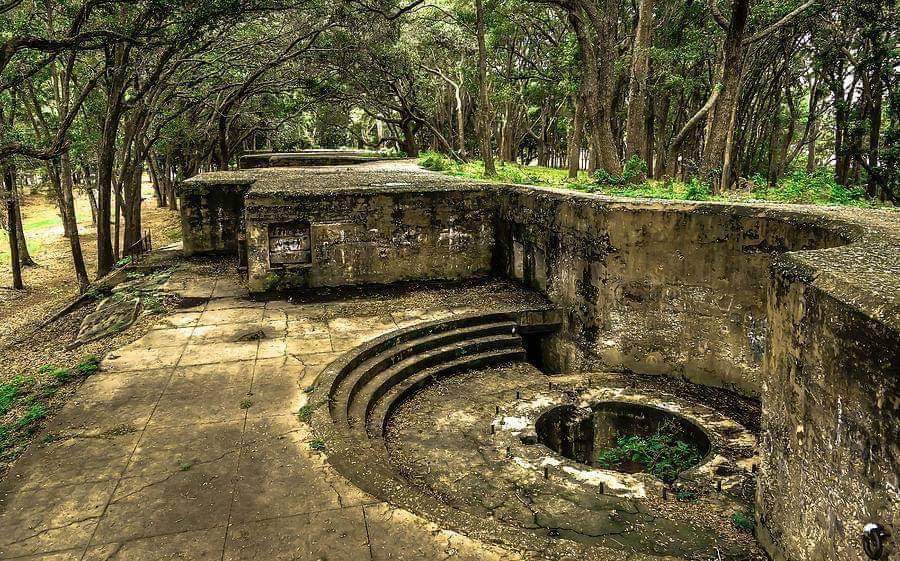
Located on St. Helena Island in an area known as Land’s End, Fort Fremont is a Spanish American War fort built in 1899 as one of the coastal batteries authorized by Congress. Luckily the war was a short one and the Spanish never made it to Beaufort and no shot was ever fired from the fort. No threat, or call-to-arms was ever even made. Lying right along the water, the fort’s grounds and battery are open free to the public and listed on the National Register of Historic Places.
The Beaufort Arsenal

The Beaufort Arsenal is one of the most significant historic buildings in all of Beaufort with over 200 years of service. Completed in 1798 at the whopping cost of $2,500, the original structure was the home of the Beaufort Volunteer Artillery, commissioned in 1802, which had its roots in an earlier company organized in 1776 during the Revolutionary War. After the Civil War, the Arsenal became a place for hosting social events and military ceremonies.
Penn Center
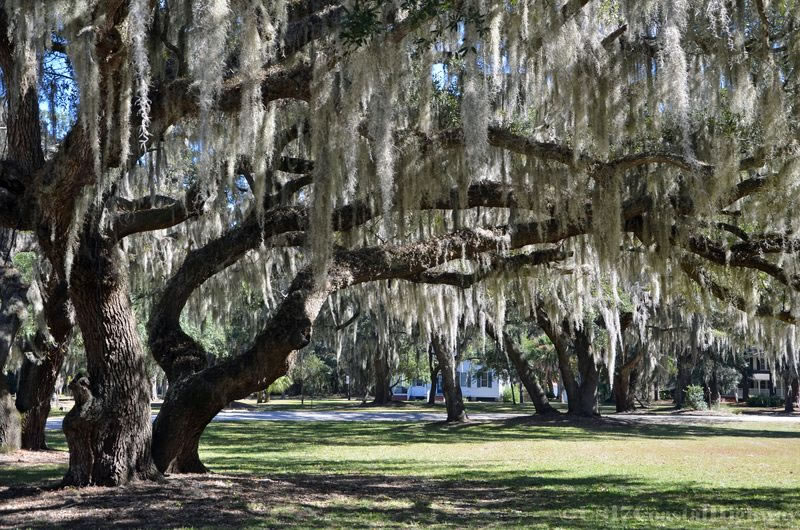
You can still see a thriving local Gullah culture in the Beaufort area through arts, historical preservation projects, community groups, and historic Penn Center. Penn Center was formed as Penn School in 1862, and it was the very first school for freed slaves in the U.S., and is now a Gullah Community Center on St. Helena Island. Penn Center also serves as the unofficial capital of Gullah Culture on the southeast Atlantic Coast. It’s considered one of the most significant African American historical and cultural institutions in existence today. You will go back in time when you visit Penn Center.
The Sands Beach
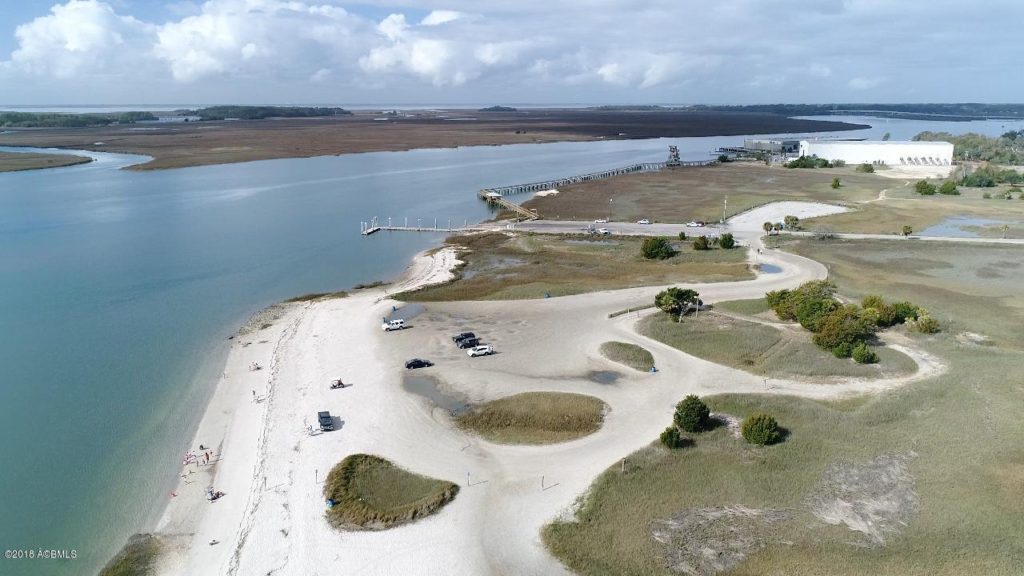
There’s a slip of beach along the Beaufort River in Port Royal known as The Sands and folks consider it to be quite special. Locals have revered it for years and many visitors include it on their list of spots while exploring the area. It’s perfect for finding sharks teeth, fishing, or gathering some much needed vitamin D from the sun. Adjacent to the slip of beach is a boardwalk and observation tower with breathtaking views from the top.
Hunting Island Beach
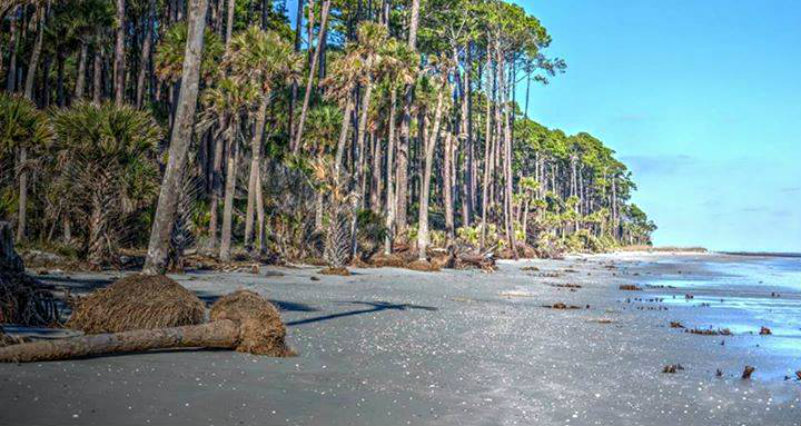
Beaufort is home to 3 miles of unspoiled barrier island beach at Hunting Island and the State Park is the single most visited State Park in the entire state of South Carolina. There are no buildings along the beach; no condos or commercial spaces. It’s all natural, the way Mother Nature intended it to be.
Henry C. Chambers Waterfront Park
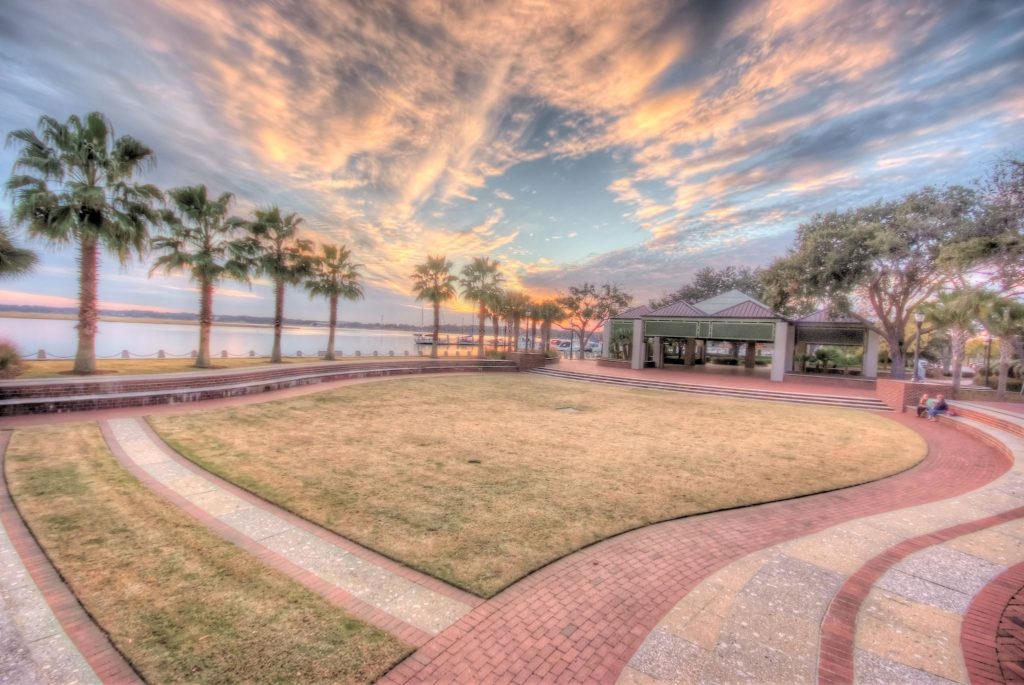
Henry C. Chambers Waterfront Park is the Beaufort’s most prominent park, located in downtown Beaufort along the water of the Beaufort River. The multi-acre park provides a breathtaking view of the Beaufort River, the Woods Memorial Bridge, the western tip of Lady’s Island, the eastern side of Port Royal Island and the northern tip of Parris Island. It includes many amenities including landscaped green space, riverfront walkways, creaky old swings, a pavilion and a children’s playground. Shaded trees swaying in the sea breeze provide a relaxing atmosphere. The park also the home of annual events including the Taste of Beaufort food festival, the annual Beaufort Water Festival and the Beaufort Shrimp Festival.
Beaufort National Cemetery

Beaufort National Cemetery is one of six national cemeteries that were established in 1863 for the reinterment of Union soldiers and sailors who died in the region. During the Civil War, Beaufort’s coastal position between Savannah and Charleston made it an early target for the Union. The cemetery’s plan is unique among other national cemeteries of the Civil War-era because of its landscape, which was laid out in the shape of a half wheel with roads forming spokes from the “hub” at the entrance. Today, more than 19,000 lie at rest in the cemetery; veterans from every single major U.S. conflict in history.


